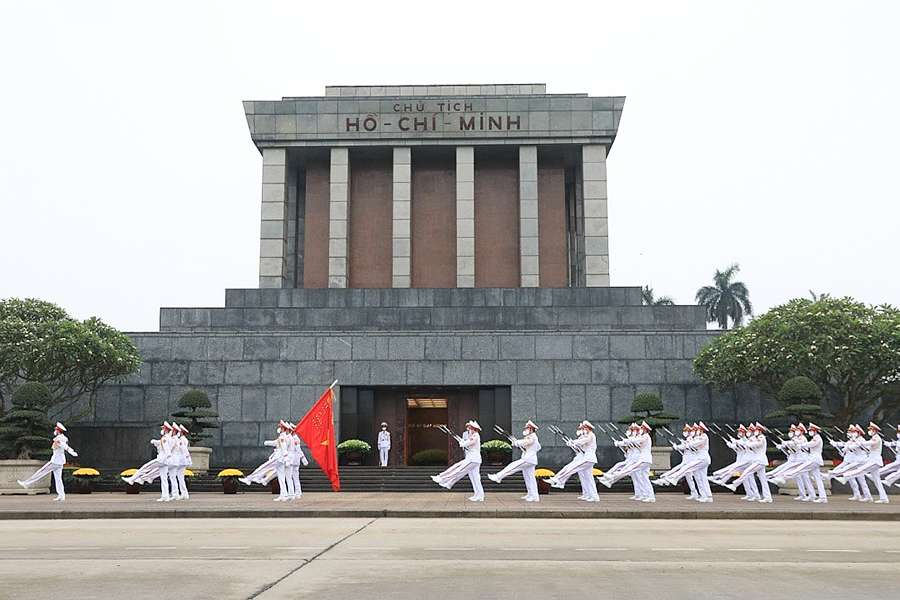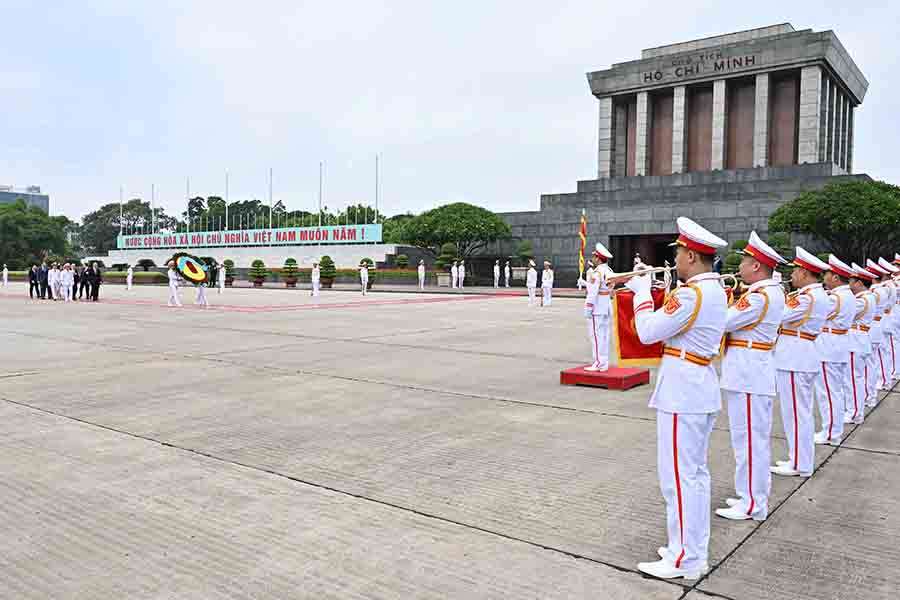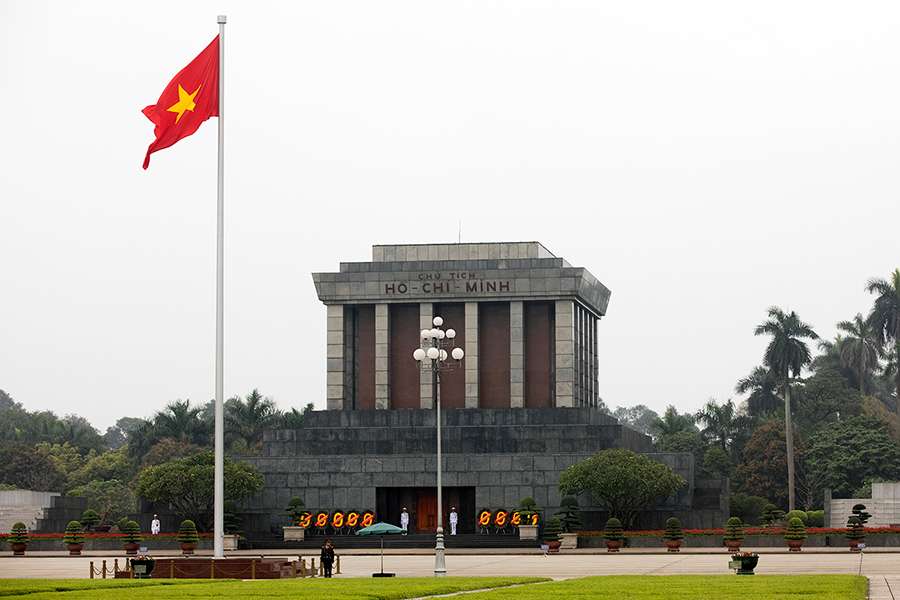The Mausoleum of President Ho Chi Minh, and the nearby Monument for Heroic Martyrs in Hanoi, will be closed from June 10th to August 12th for its annual maintenance, according to the management board. This regular upkeep ensures the preservation and integrity of the site, which holds immense historical and cultural significance for Vietnam.
Importance of Maintenance at Ho Chi Minh Mausoleum
The annual maintenance of the mausoleum is essential for preserving this important site, ensuring that it continues to serve as a place of homage for future generations. During the closure, visitors are encouraged to explore other historical and cultural sites in Hanoi and across Vietnam.
Reopening Schedule for Ho Chi Minh Mausoleum
The management board of the mausoleum has assured that the necessary maintenance will be completed on schedule, allowing the mausoleum to reopen on August 13. This timely upkeep reaffirms Vietnam's commitment to honoring the legacy of President Ho Chi Minh and the country's heroic martyrs.
Ho Chi Minh Mausoleum Information
The Ho Chi Minh Mausoleum Complex (Vietnamese: Lăng Hồ Chí Minh or Lăng Bác), situated in Ba Dinh Square, is among the most frequented tourist attractions in Hanoi. It serves as the final resting place of President Ho Chi Minh, the nation's most revered and iconic leader, affectionately known as 'Uncle Ho – Bác Hồ' by the Vietnamese people. Following his death in 1969, his body was preserved and is now displayed in a glass case at the mausoleum in central Hanoi. For both local and international visitors, a visit to Ho Chi Minh’s final resting place offers a profound experience, as it represents not just a tourist attraction but a significant piece of Vietnamese history.
About President Ho Chi Minh
President Ho Chi Minh passed away on September 2, 1969. In accordance with the wishes of the Vietnamese people, his body was embalmed and placed in a glass coffin within the granite structure of the mausoleum. This site has since become a crucial landmark in Hanoi, reflecting the political and social history of Vietnam.
Historical Significance of Ho Chi Minh Mausoleum
Since its inauguration in 1975, the mausoleum has been a place of reverence for both Vietnamese citizens and international visitors. It serves as the final resting place of President Ho Chi Minh, the revered founder of the Democratic Republic of Vietnam, now the Socialist Republic of Vietnam.
Ho Chi Minh Mausoleum's Architecture
The construction materials for the building, including the exterior granite and interior wood, were donated by people from across the country. The garden surrounding the Mausoleum features a variety of plants and bonsais from different regions of Vietnam. This reflects the Vietnamese people's desire to always keep their beloved leader close. Interestingly, the construction of the Mausoleum went against Ho Chi Minh’s own wishes. Upon his death, he requested to be cremated and have his ashes scattered throughout the country to preserve land for agriculture.
Visitor Numbers at Ho Chi Minh Mausoleum
This year, the mausoleum saw a significant influx of visitors during the National Reunification (April 30th) and May Day (May 1st) holidays. From April 27th to May 1st, more than 61,000 people, including 3,919 foreigners, visited the mausoleum to pay their respects to the late President. Vietnam local tour operators offer a diverse range of Vietnam tour packages tailored to all travelers, ensuring that each package offers a unique and enriching journey through Vietnam's vibrant landscapes, captivating heritage, and warm hospitality.

![[NEWS] President Ho Chi Minh Mausoleum To Be Closed For Regular Maintenance](https://www.vietnam-tour.biz/wp-content/uploads/2024/06/NEWS-President-Ho-Chi-Minh-Mausoleum-To-Be-Closed-For-Regular-Maintenance.jpg)




